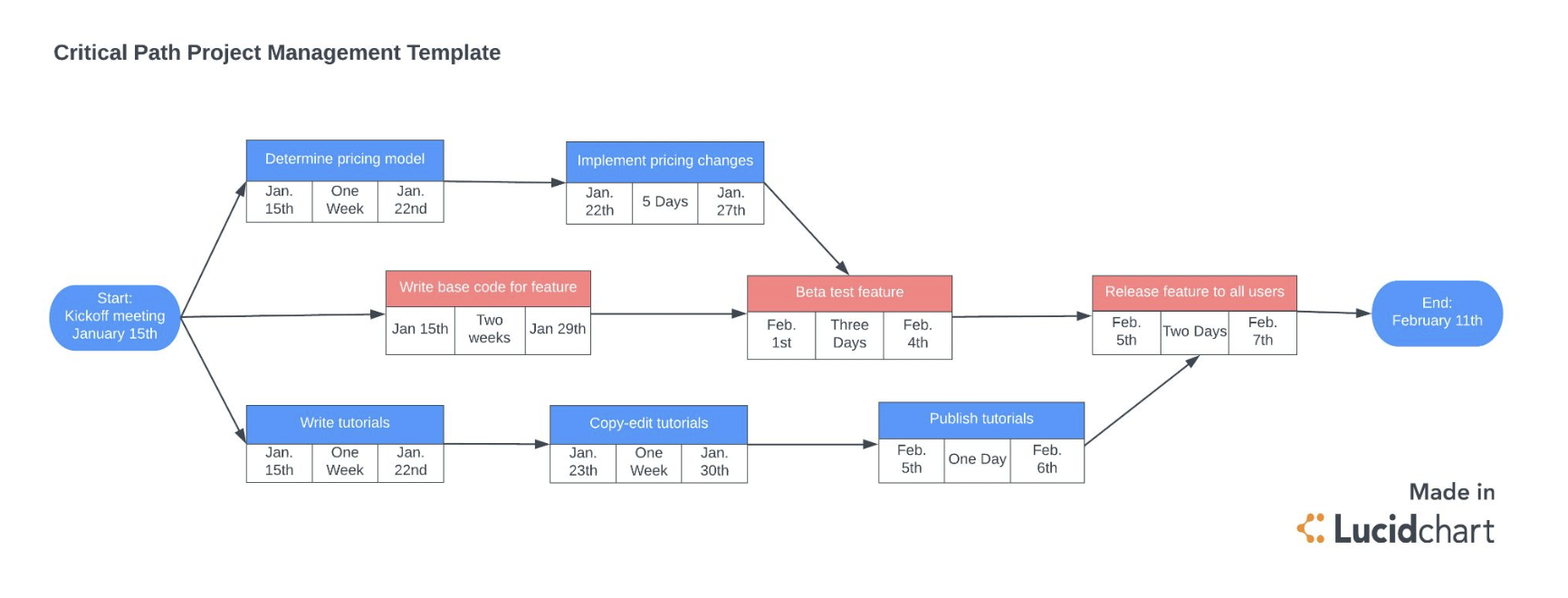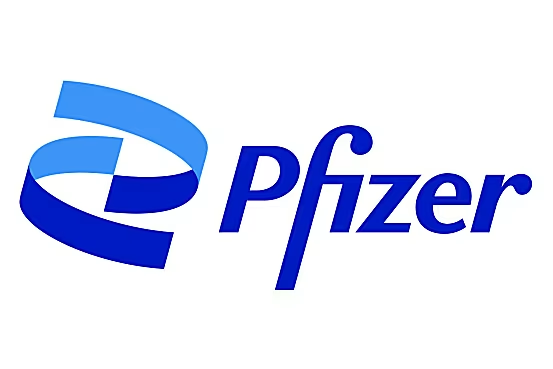
Critical Chain Methodology
A work map that outlines the process that multiple project teams undergo when reworking a feature, allowing for work to be split off efficiently while still ensuring less important secondary objectives are completed in a timely manner.
Slideshow!
View the information on this page in a slideshow format! Useful for classrooms and all other group settings.
Learning Objectives
- Understand the Principles of Critical Chain: Comprehend the core concepts of CCPM, including its focus on resource dependency and constraint management.
- Implement Buffer Management: Learn how to create and use buffers to protect project timelines against uncertainties and delays.
- Optimize Resource Allocation: Develop skills to allocate resources effectively within the critical chain, reducing multitasking and resource conflicts.
- Monitor and Control the Critical Chain: Gain proficiency in tracking project progress using CCPM principles and making adjustments to the chain and buffers as needed.
- Apply CCPM to Improve Project Flow: Understand how to apply CCPM to real-world projects to enhance project completion rates and overall efficiency.
Characteristics
- Buffers (time reserves) to protect the project schedule from uncertainties and variations in task durations, no matter what circumstances
- Project Buffer: Added at the end of the project to protect the overall timeline.
- Feeding Buffers: Placed where non-critical paths feed into the critical chain to prevent delays in the critical chain from affecting the project.
- Resource Buffers: Built into the schedule to ensure resources are available when needed, particularly for tasks on the critical chain.
- Clearly identified timeline for the workflow outlined in the chain (no multitasking)
- Allow subteams teams to reconvene on important objectives which may require more manpower than usual
Benefits
- Clearly identified process for workflow
- Creates good efficiency due to being split up in teams for smaller objectives
Drawbacks
- Doesn’t identify customer thoughts
- Not very suitable for straightforward objectives
Example

- Pfizer’s Drug Development Process
- Critical Chain Identification:
- Pfizer identified the critical path of drug development processes that were often delayed due to resource constraints or unexpected problems
- Buffer Management:
- To address potential project delays, Pfizer introduced project buffers and feeding buffers to protect key tasks and ensure that resource shortages or unexpected disruptions didn’t push back the overall timeline
- Resource Allocation Optimization:
- Using CCPM, Pfizer aligned and scheduled its resources (e.g., researchers, lab equipment) to avoid over-allocation or under-utilization, ensuring that bottlenecks were minimized
- Prioritization of Key Tasks:
- The company also implemented task prioritization using CCPM principles, focusing on the most critical tasks that directly impacted the overall timeline and avoiding unnecessary work
- Critical Chain Identification:
How Can We utilize this approach?
- SDG 8: Decent Work and Economic Growth
- reducing delays and ensuring the timely completion of projects, Critical Chain helps maintain productivity levels and creates a more stable working environment
- SDG 9: Industry, Innovation, and Infrastructure
- resource optimization and reducing delays ensures that infrastructure projects are completed faster and with better resource utilization
- SDG 12: Responsible Consumption and Production
- use of buffers and resource management reduces over-production and over-allocation, leading to a more efficient and responsible consumption of resources